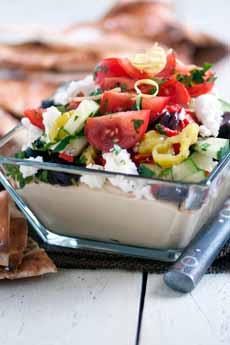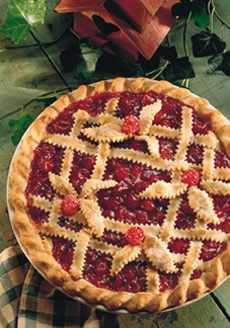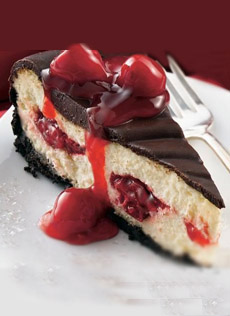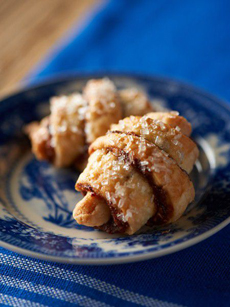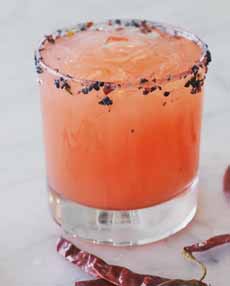|
February 26th is National Pistachio Day.
Long, long ago, if we had been a good girl, Mom would take us to Howard Johnson’s for a pistachio hot fudge sundae.
Howard Johnson’s is long gone, and it isn’t easy to find pistachio ice cream. But here’s an easy recipe for pistachio fudge.
By the way, March 14th is White Day in Japan, a tradition where men reciprocate the gifts they received from women on Valentine’s Day, typically with sweets. So guys, get cooking!
> See all the fudge holidays below.
> The history of fudge.
> The history of pistachio nuts.
> More pistachio recipes are below.
PISTACHIOS FROM CALIFORNIA
California’s Santa Barbara County is an oasis of rolling hills, ancient oak trees and cattle ranches. It boasts more than 60 wineries and 21,000 acres of vines under cultivation.
With such neighbors, the lovely family-farmed pistachio orchards that make Santa Barbara County America’s pistachio capital, might feel like so much chopped liver…if the nuts weren’t equally as noteworthy (nutworthy?). The area grows the best pistachios in the world.
Pistachios are a nut bargain:
At 160 calories/ounce, they tie with cashews for the lowest calories.
At 6g protein/ounce, they tie with almonds for the most protein and the most fiber (3g/ounce).
At 13g fat/ounce, they tie with cashews for the lowest fat.
They also have the most beta-carotene, B6, lutein, phosphorus, phytosterols (which lower your absorption of dietary cholesterol from other foods), potassium, thiamin and zeaxanthin.
A heart-healthy nut, studies have shown that adding pistachios to the diet result in significant decreases in total cholesterol and LDL (bad fat) and increases in HDL (good fat), potentially leading to a reduced risk of heart disease.
We’re not going to tell you that the pistachio fudge recipe below is health food, but the fudge is delicious.
Here’s more about why you should trade macadamias, peanuts and certain other nuts for pistachios.
Pistachios used to come from Iran. Here’s how pistachios became a California crop.
RECIPE: WHITE CHOCOLATE PISTACHIO FUDGE WITH
CRANBERRIES
This recipe is addepted from Just A Pinch.
If you like a sweet-and-salty profile, use salted pistachios.
Ingredients
Nonstick cooking spray
20 ounces/about 3 cups white chocolate chips
(or better, chopped quality white chocolate)
1 can (14 ounces) sweetened condensed milk
1/2 teaspoon vanilla extract
8 ounces shelled natural pistachios
1 cup dried cranberries (substitute dried cherries)
Preparation
1. COAT a 9″ square cake pan with cooking spray and set aside. Melt the chocolate chips with the sweetened condensed milk in a heavy-bottomed pot over low heat. Stir constantly until the mixture is smooth; then immediately remove from the heat.
2. STIR in the cranberries, pistachios and vanilla. Spread into the pan and smooth the top. Let cool to room temperature (or chill), then cut into squares.
MORE PISTACHIO RECIPES
Fennel Pistachio Cookies
Flourless Persian Pistachio Cake
Kale, Bacon & Pistachio Pasta
Pistachio Biscochitos
Pistachio Muffins
Pistachio Orange Relish
Strawberry Pistachio Nougat
Vanilla Cardamom Whoopie Pies With Pistachios
|
|
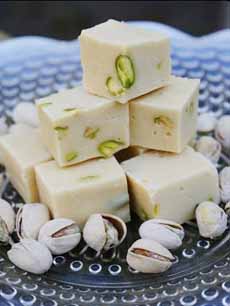
[1] White chocolate pistachio fudge (photo via Seduction Meals).
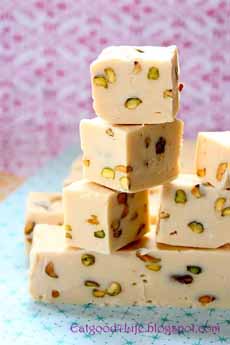
[2] Add some Baileys Irish Cream. Here’s the recipe from Eat Good 4 Life.

[3] Add some cranberries. Here’s the recipe from Taste And Tell Blog.

[4] Premium pistachios from Murray’s Cheese.
|







